
1987 Onwards
Bonds ability to pull financial rabbits out of the hat at the critical moment was well-known and admired, and everyone waited for BondCorps first set of accounts after the 1987 crash to see whether the company would survive. For example, in March 1986, he had bought the rights to the Thorn EMI Ltd. film library in the UK and five days later resold those rights to the Cannon film group in the US for a profit of $100 million. In early 1987, Bond purchased the Sydney Hilton Hotel and Theatre Complex for $160 million, and sold it in early 1988 for $300 million. However, this transaction was generally viewed as a leveraged purchase followed by a revaluation which would be subsequently confirmed by sale to an associated Bond company or friendly company.
At the 1987 Annual General Meeting of BondCorp, Alan Bond put into place a $41.5 million compensation package for his senior executives who had been with him through thick and thin. This was announced at the same time as the companys 1987/88 turnover was given as $4.6 billion. Consolidated net profit was $354.7 million. However, later events were to show that the profit of this year was mainly based on his established modus operandi - to buy a property, revalue it much higher and appear to sell it on to another company at the new and higher price but in reality the new buyer is a friendly company and special financial arrangements are made.
More worrying, however, were the interest charges. In 1987-88, interest charges were $778 million. The following year, they rose to $1.064 billion. So where had it all gone wrong? Bondy had invested in global operating businesses with "strong, recession-proof cash flows and quality assets." Had he paid too much for the assets or was the strength of the cash flows exaggerated?
First problem was the media investment. This was meant to be low-cost and high-profit. In reality, it turned out to be a huge drain on available cash for miserly returns. (In 1978-88, media interests contributed only 4% to BondCorp profits, despite huge capital investments.) Bond had set out to emulate his friend from yachting days Ted Turner, who was in the process of establishing the Cable News Network (CNN). Bondy failed miserably in this effort.
Bond also ran into serious competition in his brewing empire. He lost ground in the Australian domestic market to Carlton & United Breweries, slipping from 50% of the domestic market to 38%. Each percentage point was worth roughly $50 - $60 million in much-sought after cash flow. Bondy also had a disastrous foray into the American market, launching a new brand that flopped. The American experiment was particularly costly, as Bond tried to establish his brand of beer against Coors, Miller and Budweiser in the domestic market.
Black Tuesday, 20 October 1987, also saw the heat turned up on one of Bondys close mates, Laurie Connell and his merchant bank Rothwells. There was a run on his funds by depositors, and by Thursday $150 million had been withdrawn in investors deposits. For the following year, Alan Bond worked closely with WA Inc., the government owned and funded development alliance between big business and state government, to try and bail out Laurie Connell. More than $700 million was spent in shoring up Rothwells before it was placed into provisional liquidation on 3rd November 1988.
At the same time, Alan Bond was also working behind the scenes to bury his one-time rival, Robert Holmes a Court. He eventually bought Bell Resources Ltd., Holmes a Courts most famous company, in a number of corporate raids that severely depleted the financial cash flow of BondCorp. Bondy also had a lash at the corporate empire of Britains leading capitalist, Roland "Tiny" Rowland. These personal wars seemed to have a debilitating effect on Bonds ability to respond to new situations clearly.
Bondy set out to strip Bell Resources of its assets, which would then be leveraged for a tilt at major world companies. The proposal depended on a never-ending stream of acquisition of debt and debt-servicing assets. Confidence in Alan Bonds abilities were the cement that would hold the whole deal together.
On 20 October 1989, BondCorp announced an Australian corporate record loss of $980 million for the year to 30 June 1989, and a deficit of $115.9 million in shareholders funds. The debt levels that had been sustainable were no longer. In December 1989, the Bond brewing assets had a statutory manager appointed. The appointment of receivers was reversed by the Victorian Supreme Court on 28 February 1990.
The Alan Bond story doesnt have a last chapter. As a businessman, he is not finished. The legends, myths and dazzling daring on which his career was built from nothing will live on. On three previous occasions, Alan Bond has wrought victory from the very jaws of defeat. Will this be a fourth stirring victory, or a spectacular failure? Time alone will tell.
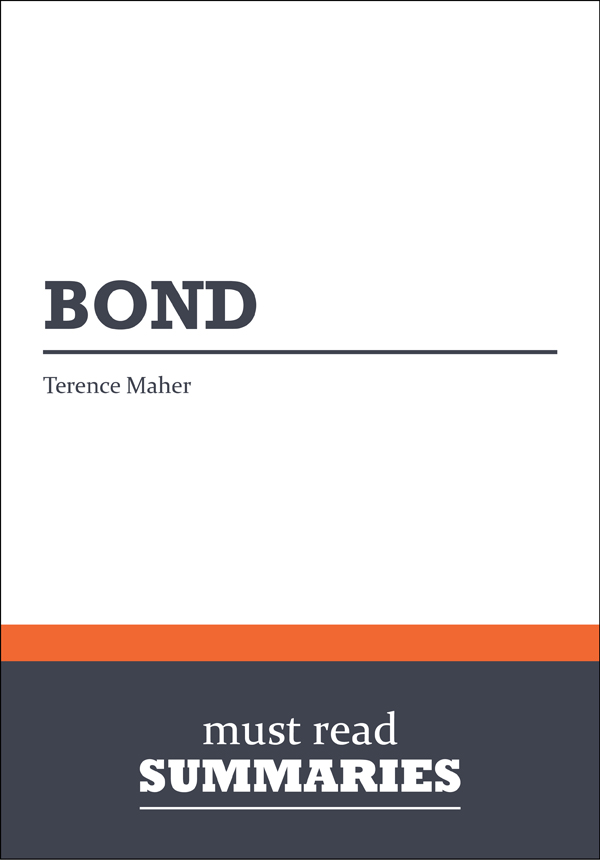

Early 1950s - School in England
Alan Bond was born at Ealing, London on 22nd April 1938. He was the second child born to Kathleen and Frank Bond following the birth of their daughter 18 months earlier.
Frank Bond was Welsh, and had begun his working life in the South Wales coalmines. Kathleen Bond nee Smith was the daughter of a physician and conservative politician of some note. In London, Frank Bond found work as a painter and decorator. In the Second World War, Frank Bond enlisted as a PT. instructor in the Royal Air Force responsible for training commandos. In 1944, he was badly wounded in action and lost a lung. He was told that for health reasons, he would have to move away from Londons damp climate.
Alan Bond attended primary school in England and seemed to do well enough. However, when he was twelve years old, the family decided to join more than one and a half million Britons who were going to Australia as assisted passage immigrants. This decision was made partly to improve his fathers health, and partly to give them the chance to start afresh after the war had ended. On arriving in Fremantle, Alan Bond hated the place and missed London.
Fremantle at that time was most definitely a working class town. The union influence in the area was powerful, and wharf laborers dominated the towns population. It had a reputation throughout Australia as a hard town in a very hostile environment. However, Fremantle was an extremely busy place as everything the settlers needed had to be shipped in from Eastern Australia while exports from Fremantle included gold, wool and tons of wheat.

Mid 1950s - Early Fremantle Days
Alan Bond started school in Australia as a sixth grader. He was no doubt quite a handful. At one stage, he screamed at his teacher, "When Im older, Im gonna buy and sell people like you!" The teachers response is unknown.
One of his friends later said, "We always knew Alan would either make a quid or have his head cut off. He was a verycocky, mature bloke. While we were still playing cowboys and indians, he was more interested in girls. You could see he had a pretty good head on his shoulders, and knew what he wanted to do."
His school achievements reflected his definite lack of interest, with a mixture of bare passes and failures to his credit. However, what Bond lacked in academic achievements, he compensated for with boyish charm, adaptability and confidence. Above all, he had a supreme confidence in his own ability.

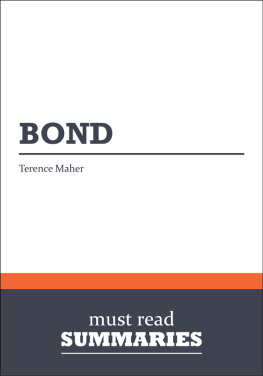
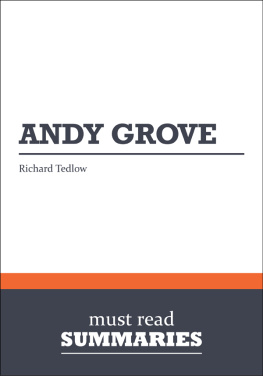

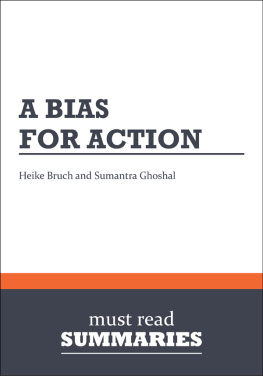
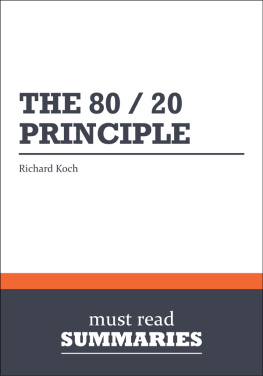
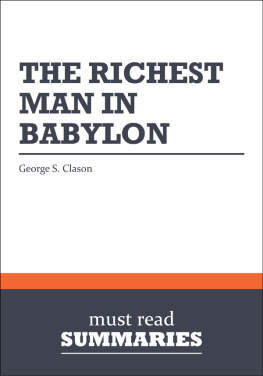
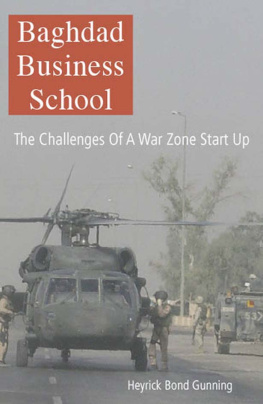


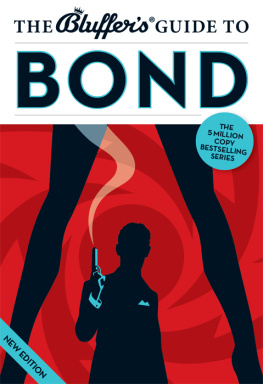

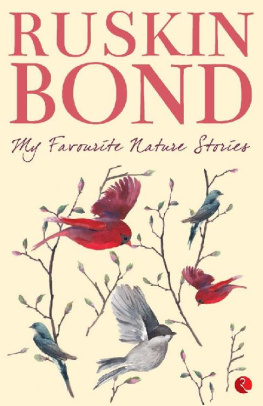




 1987 Onwards
1987 Onwards
 Early 1950s - School in England
Early 1950s - School in England Mid 1950s - Early Fremantle Days
Mid 1950s - Early Fremantle Days